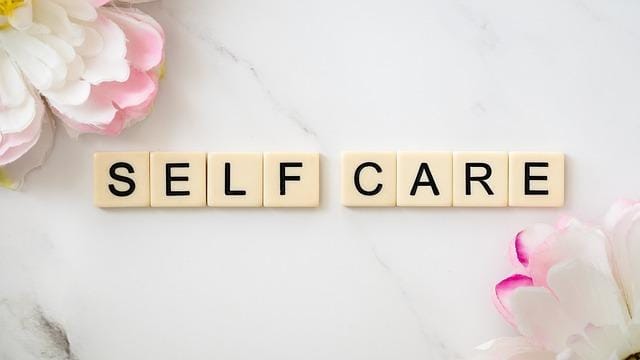Are there self-care strategies that don’t require a lot of time?
Strategies for Prioritizing Self-Care in Daily Life
Welcome to your comprehensive guide on prioritizing self-care in daily life. In today’s fast-paced world, it’s crucial to give due attention to your well-being. This article is designed to provide you with practical strategies and tips that can easily fit into your daily routine.
Introduction
Self-care is more than just a buzzword; it’s a vital component of a healthy, balanced life. Unfortunately, with the demands of work, family, and social obligations, self-care often takes a back seat. This guide aims to help you integrate self-care into your daily life seamlessly, ensuring you maintain your mental and physical health.
Benefits of Self-Care
Before delving into strategies, it’s essential to understand why self-care is so important. Here are some of the top benefits:
- Improved Mental Health: Helps in reducing stress, anxiety, and depression.
- Physical Health: Enhances your immune system and overall physical well-being.
- Better Productivity: Increases focus, creativity, and efficiency.
- Enhanced Relationships: Gives you the ability to form healthier relationships.
Effective Strategies for Prioritizing Self-Care
1. Schedule ‘Me Time’
One of the simplest yet most effective strategies is to schedule time for yourself. Whether it’s 15 minutes or an hour, dedicating uninterrupted time daily can make a significant difference.
2. Practice Mindfulness and Meditation
Mindfulness and meditation are powerful tools for self-care. Allocate some time each day to focus on your breath, letting go of any anxious thoughts:
- Begin with short sessions and gradually increase the time.
- Use guided meditation apps if you are a beginner.
- Try integrating mindfulness into everyday activities like eating and walking.
3. Exercise Regularly
Physical activity is a cornerstone of self-care. Whether you prefer yoga, running, or hitting the gym, regular exercise offers numerous benefits:
- Improves cardiovascular health
- Boosts mood and energy levels
- Enhances sleep quality
4. Prioritize Sleep
A good night’s sleep is essential for overall well-being. Create a bedtime routine that promotes relaxation:
- Avoid screens at least an hour before bed.
- Keep your room cool and dark.
- Consider using a white noise machine or sleep mask.
5. Healthy Eating Habits
Your diet plays a crucial role in self-care. Opt for balanced meals rich in nutrients:
| Meal | Healthy Options |
|---|---|
| Breakfast | Oatmeal, Greek Yogurt, Fresh Fruit |
| Lunch | Salad, Grilled Chicken, Whole Grains |
| Dinner | Vegetable Stir-Fry, Quinoa, Lean Protein |
| Snacks | Nuts, Seeds, Veggie Sticks |
Case Studies
Let’s take a look at some real-life examples of individuals who have successfully incorporated self-care into their daily lives:
Jane Doe: The Busy Professional
Jane, a marketing manager, struggled with chronic stress. She started prioritizing self-care by integrating short mindfulness sessions into her day. As a result, her productivity improved significantly, and she felt more balanced.
John Smith: The Family Man
John, a father of two, found it challenging to carve out time for himself. By scheduling early morning runs and incorporating healthy eating habits, he not only improved his physical health but also found himself more energized to spend quality time with his family.
Practical Tips for Daily Self-Care
Here are some practical tips to help you easily integrate self-care into your daily routine:
- Create a self-care checklist and check off items daily.
- Set boundaries to protect your personal time.
- Declutter your environment to reduce stress.
- Engage in hobbies that make you happy.
Conclusion
Prioritizing self-care in daily life is essential for maintaining a healthy and balanced lifestyle. By implementing these strategies and tips, you can ensure that your well-being remains a top priority. Remember, self-care is not selfish; it is necessary for your mental, physical, and emotional health. Start today by taking small steps toward a more fulfilled and healthy life.
